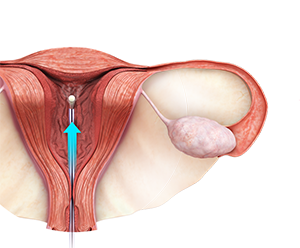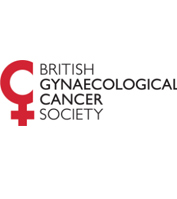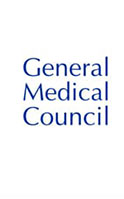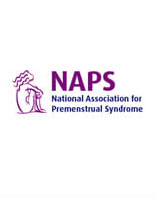In Vitro Fertilisation

What is IVF?
In vitro fertilization (IVF) is a complex clinical procedure that helps to achieve conception by treating existing infertility or genetic problems. IVF is a time-consuming, expensive and invasive procedure, which takes around 2 weeks for the completion of a single fertilization cycle. The process involves the collection of matured eggs from the ovaries and combining them with the sperm in the laboratory. After fertilization, the eggs are implanted into the woman’s uterus.
Indications for IVF
The most common indications for IVF include:
- Damaged or blocked fallopian tubes
- Ovulation problems
- Premature ovarian failure (loss of normal function of your ovaries before the age of 40)
- Severe Endometriosis (presence of endometrial tissue outside the uterus)
- Presence of uterine fibroids (benign tumours in the wall of the uterus)
- Male factor infertility, including low sperm count and low sperm motility
- Presence of a genetic disorder
- To preserve fertility for patients with cancer or other health conditions
- Unexplained infertility
Procedure of IVF Treatment
The steps involved in an IVF treatment are:
- Ovulation Induction: The doctor will administer fertility drugs to boost the production of your eggs. Transvaginal ultrasounds will be conducted to monitor the development of the eggs and blood tests obtained to check hormone levels.
- Egg retrieval: Your doctor will perform a follicular aspiration, a minor surgical procedure to remove the eggs from your ovaries. An ultrasound probe is inserted through the vagina and into the follicles under ultrasound guidance. Each follicle in the ovary is pierced in order to retrieve the egg.
- Insemination and fertilization: The eggs are mixed with the sperm in an environmentally controlled chamber to facilitate the process of insemination. The egg is fertilized a few hours after insemination. If the chance of fertilization is low, intracytoplasmic sperm injection (ICSI) may be used where the sperm is directly injected into the egg.
- Embryo Culture: Division of the fertilized egg forms an embryo. The development of the embryo is monitored and within 5 days, a normal embryo has several actively dividing cells.
- Embryo Transfer: Embryo transfer is performed 3 to 5 days after egg retrieval and fertilization. A thin tube containing one or more embryos is inserted into the vagina through the cervix and into the uterus. After transfer, if an embryo attaches or sticks to the womb lining, pregnancy is the result.
Post Operative Care of IVF
As the embryo transfer is carried out under the guidance of ultrasound, you will have a full bladder during the procedure. You will be able to empty the bladder after the procedure. For the first two days after an embryo transfer, you should refrain from lifting heavy objects, physical activity like running or aerobics, swimming, alcohol, smoking, and intercourse.
You can do a pregnancy test 10 days after embryo transfer to confirm pregnancy.
Risks and Complications of IVF
As with any surgical procedure risks and complications can occur. The possible complications associated with specific steps of an IVF include:
- Risk of multiple births
- Risk of premature and low birth weight
- Ovarian hyperstimulation syndrome (OHSS) (a condition of ovarian enlargement accompanied by fluid accumulation in the abdominal cavity)
- Miscarriage
- Risks of egg retrieval include bleeding, infection, and damage to the bowel, bladder, or blood vessels.
- Possibility of ectopic or tubal pregnancy







